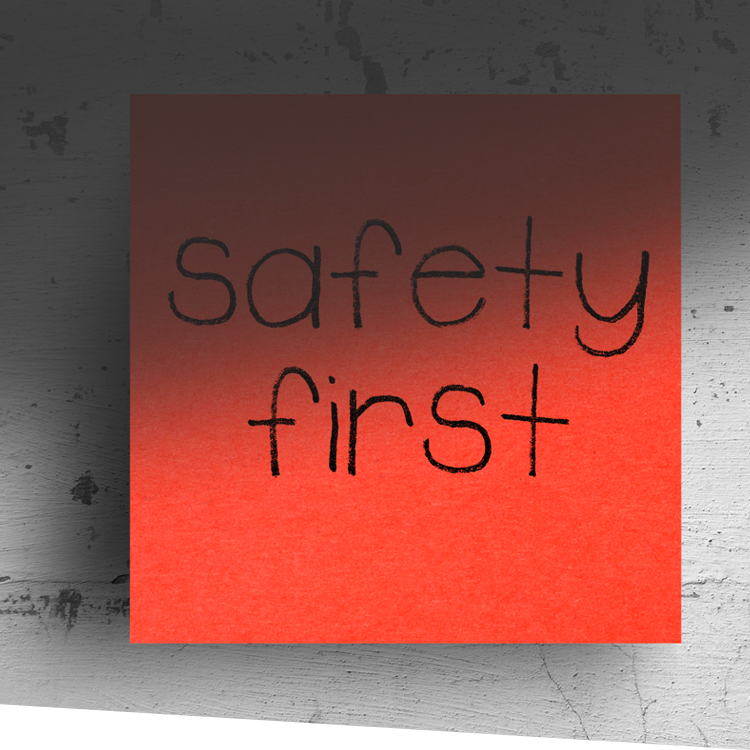School security is a crucial topic. We all want to do everything in our power to keep students, faculty, and staff safe, while providing a comfortable atmosphere that empowers learning, not fear. The balance is delicate and there is no right answer—every school will need to take its own measures to protect its campus.
The National Center for Education Statistics published information on what several schools have implemented as far as security measures go. Students ages 12–18 were asked in 2017 whether certain security measures were used in their schools.
The same survey was conducted in 2001 and 2015. These schools were in the public sector but these reports can be interesting for private school leaders, too.
Almost every student reported that their school had a written code of conduct and they had school staff (other than security guards or police officers) supervise the hallways in each survey year.
However, there were some changes over the years. In 2001, only 39% of students reported one or more security cameras in place at their school. In 2017, 84% of schools had cameras.
Forty-nine percent of students had locked entrance and exit doors in 2001, while 79% had them in 2017. Interestingly, in 2001, 54% of students reported locker checks, while only 48% reported the same measures in 2017.
Protecting Your School
Putting the right safeguards in place at your school is vital. Your school should have a crisis plan documented and continually referred to with three key components: prevention and safety, response, and recovery.
Some examples of prevention plans include safety drills, active shooter protocols, and general guidelines for creating a safe school environment.
Your response and recovery plans are equally important, as well as having protocols for communicating with various groups—parents, important community members, the media—when a crisis occurs.
Work with your School Head and other leaders to ensure your school has these safeguards in place. But remember—there is no one right way to protect your school. You will need to analyze the needs of your community and create a plan that makes sense for you.
Most importantly, you will need to keep your plan up to date to best protect your students, faculty, staff, and campus.
Additional ISM Resources:
The Source for Business and Operations Vol. 17 No. 1 Creating a Safe School Environment
The Source for Business and Operations Vol. 16 No. 9 A Risk Assessment Self-Exam
Additional ISM resources for members:
I&P Vol. 35 No. 12 Does Your Crisis Plan Really Protect Your Students (and School)?





